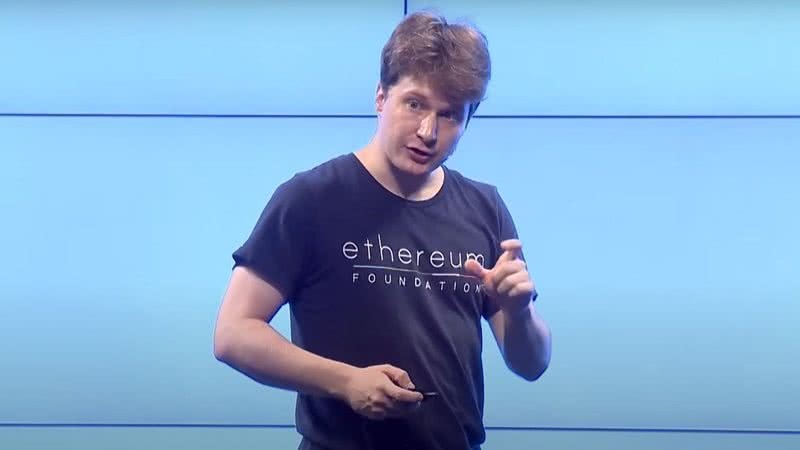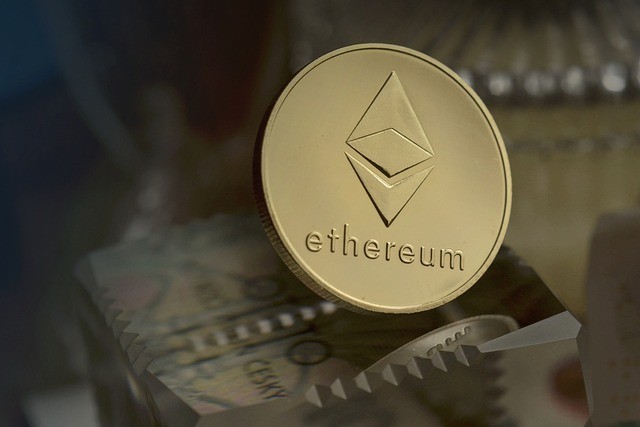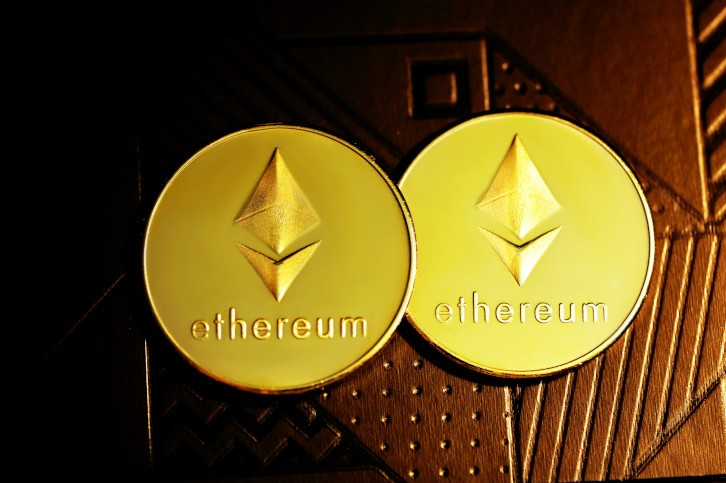What is the Ethereum Merge and What Has It Brought Us?
Sep 26, 2022, 9:12pm
Ethereum's merge has been described as the most significant upgrade in blockchain history. Let's look closely at the merge and what it brings us.
This upgrade represents a fundamental shift in the form of the blockchain’s algorithm and consensus mechanism and begins a new generation in terms of ETH sustainability.
What is The Merge?
The Merge is what combines Beacon Chain with the PoS algorithm and Ethereum Mainnet. With this merge, Ethereum has moved from a proof-of-work consensus mechanism to a proof-of-stake. PoW and PoS are the two most popular consensus mechanisms favored by blockchains. Proof-of-work is the algorithm of Bitcoin, the first and largest cryptocurrency. This algorithm is basically like a race between nodes to be the first to solve a mathematical puzzle. This puzzle becomes more difficult to solve as more miners join the network. This energy-intensive algorithm, which uses computing power, consumes excessive electricity and causes problems such as high cost and slowness.
Proof-of-stake is an algorithm that allows validators who stake their coins to validate transactions with this method. Staked coins are permanently committed on the mainnet for a long period of time. The staking process, initiated by staking at least 32 ETH, cannot be terminated until the Shanghai upgrade of Ethereum is completed. After that upgrade, every user will be able to stake and withdraw their funds at any time. Staked ETHs have an average annual return of 4%.
The idea of moving to PoS, which was put forward by Vitalik Buterin in December 2020 and accepted by the community, has continued since then with improvements to Beacon Chain and testnets. In September 2022, The Merge took place, and the consensus mechanism of the network was completely changed. The Ethereum mainnet currently has over 400,000 validators and over $24 billion TVL.
The Importance of The Merge
The Merge has addressed and resolved many issues that Ethereum urgently needs to be resolved.
Decentralization
PoW miners pool their computing power in a consortium to increase their chances of earning mining rewards. If the consortium wins the computational contest, the prize is distributed to the consortium members. This leads to backlog and centralization to some mining pools and nodes. The network will become more decentralized as there is no such process in PoS.
Power Consumption
The PoW algorithm is based on mining by using computing power and consuming energy. More powerful machines and higher electricity consumption lead to more rewards. According to various studies, Ethereum used to consume the same amount of electricity as some European countries such as Belgium. Consuming 110 terawatt hours of electricity per year, Ethereum will now consume 99.9% less electricity, consuming 0.04% terawatts of electricity.
Access
Mining Ethereum required mining rigs running multi-rig connectivity, high-power GPUs, specialized cooling rigs, and highly technical knowledge to run complex software. Now, anyone with 32 ETH and a computer with standard hardware can become a validator on the Ethereum blockchain. Moreover, when you stop mining, you will not have expensive equipment whose value decreases.
Security
Decentralization and increased access make the network more secure. Distributing the validation among more nodes will raise Ethereum’s Nakamoto Coefficient. This greatly prevents more than 50% of the network from voting down on a proposal that would exploit security.
Future Planned Upgrades of Ethereum
The first and most important step in future planned upgrades for the Ethereum blockchain was The Merge. The next upgrade of the network will be Shanghai.
The Shanghai upgrade is the one that will effectively lower Ethereum gas prices. The update, which will also affect the EVM object format, is expected to take place in early 2023. With this update, ETH stakers will be able to withdraw their ETH at any time.
The Surge upgrade will bring shadow chain rollups to the network, a method developed to scale Ethereum.
The Verge upgrade will optimize Ethereum’s storage and reduce node sizes.
The Purge upgrade will reduce the number of space validators must have on their hard drives. Some unnecessary things taking up space on the chain will be cleaned up to simplify the Ethereum protocol.





